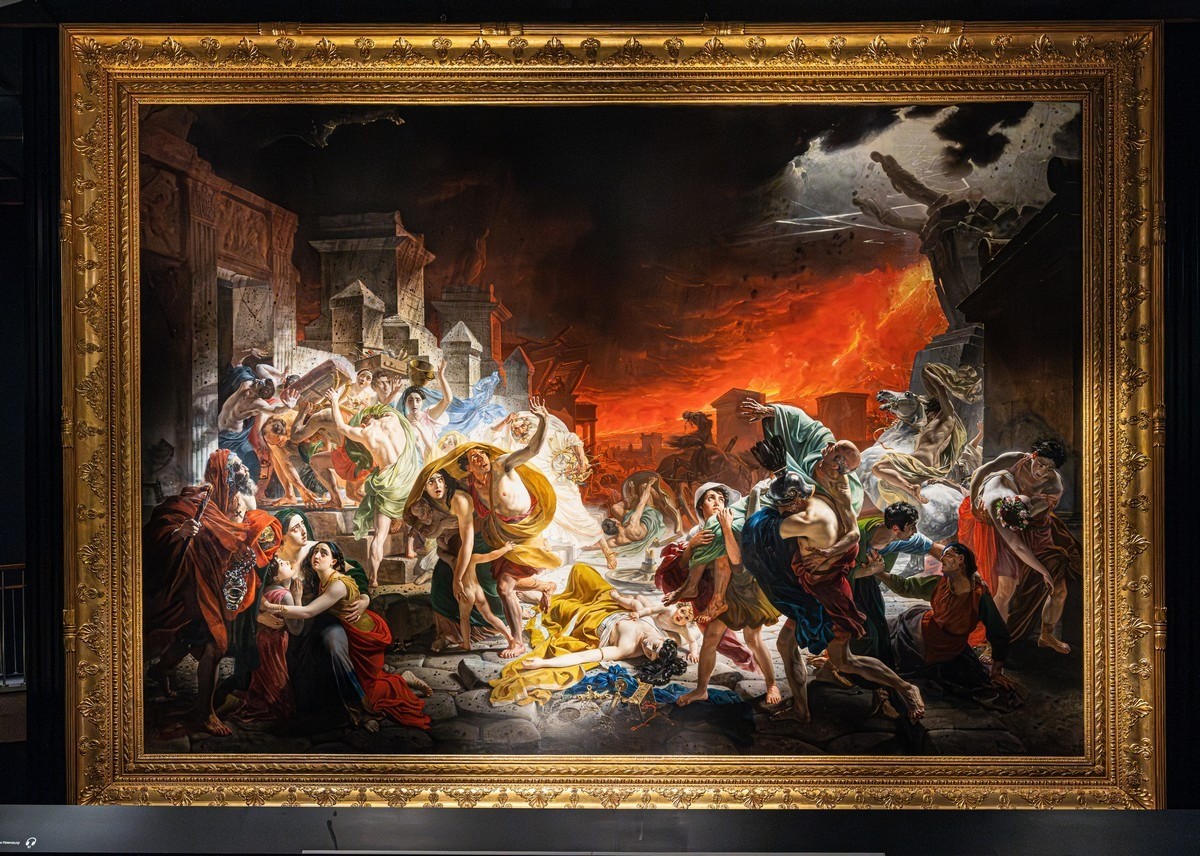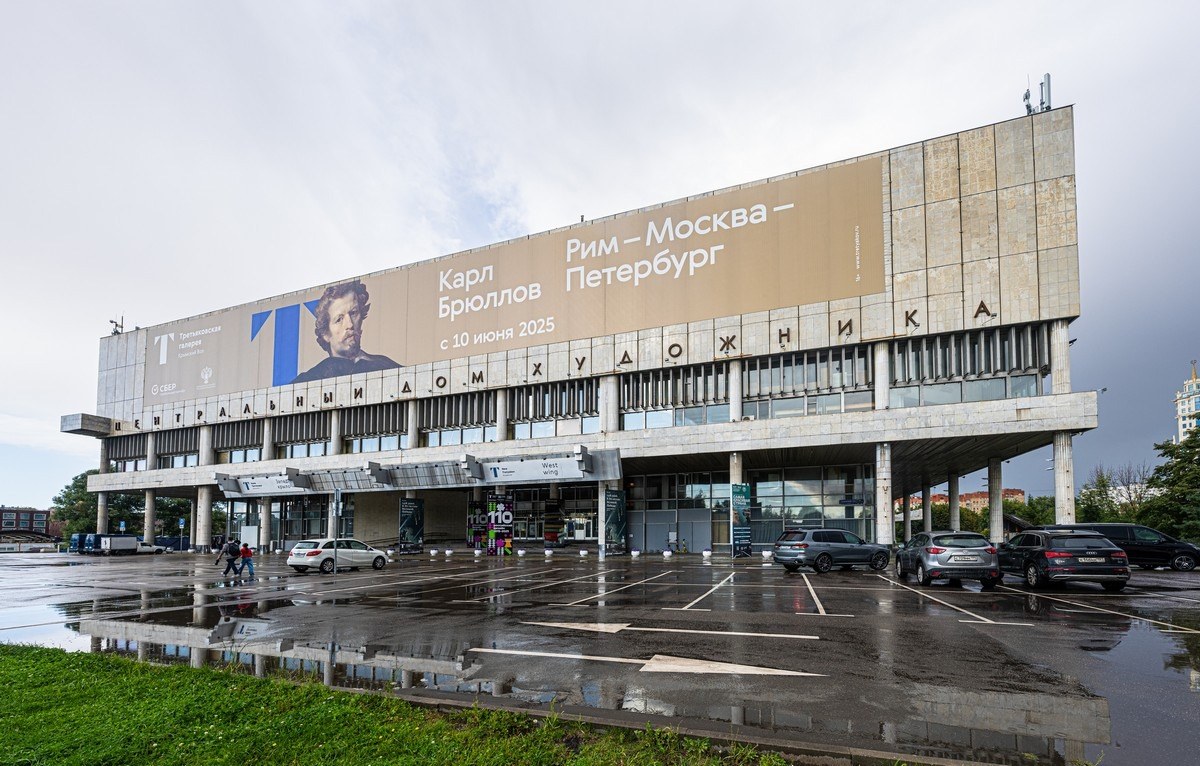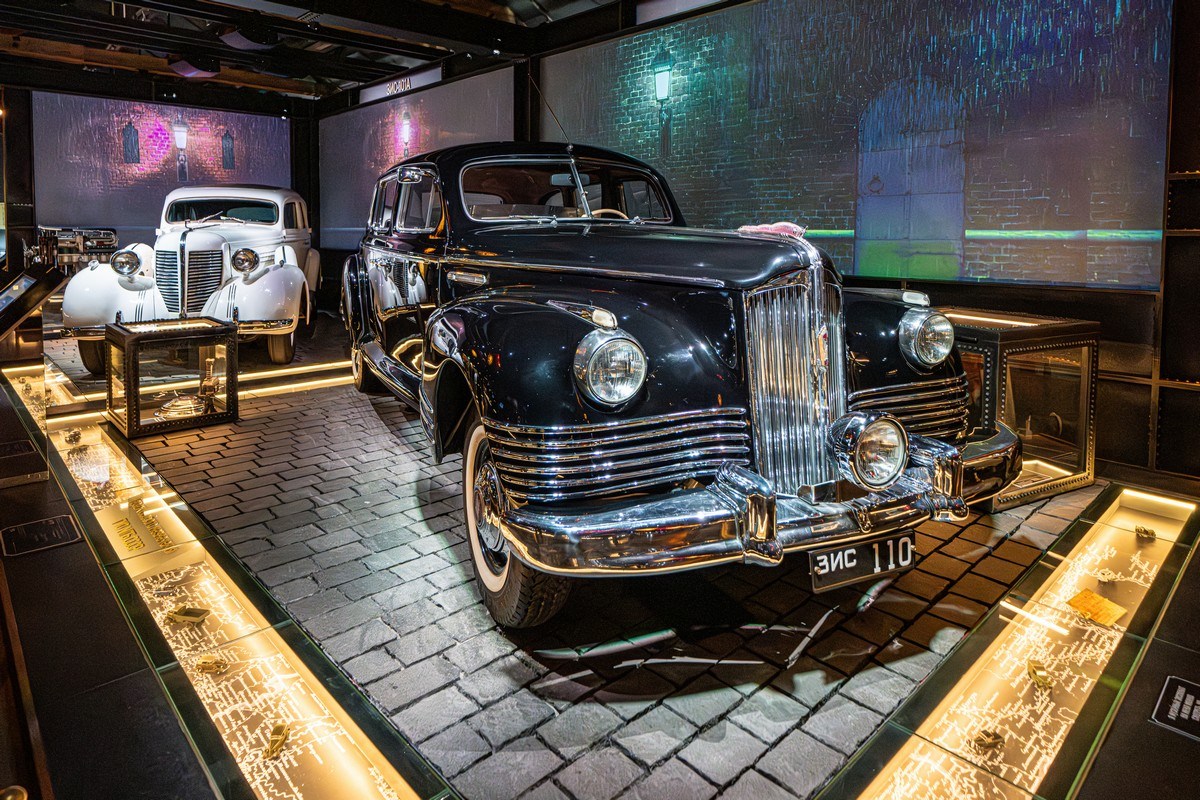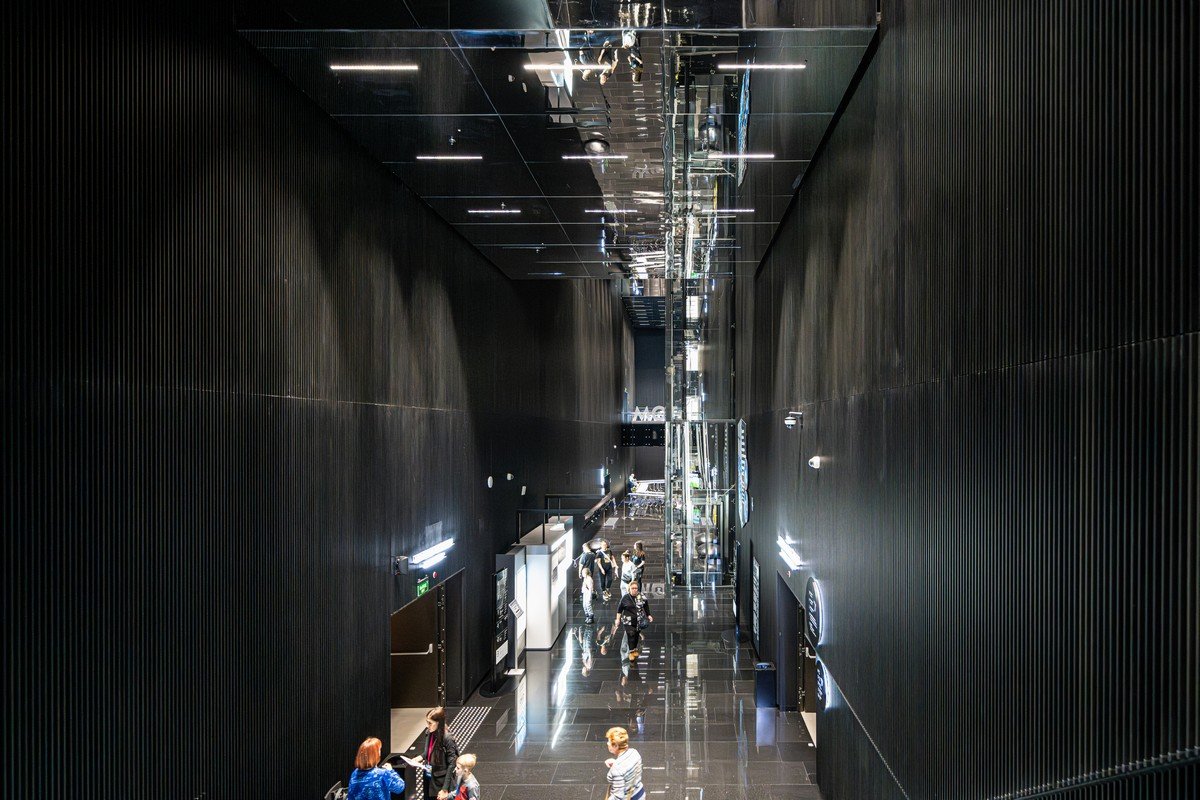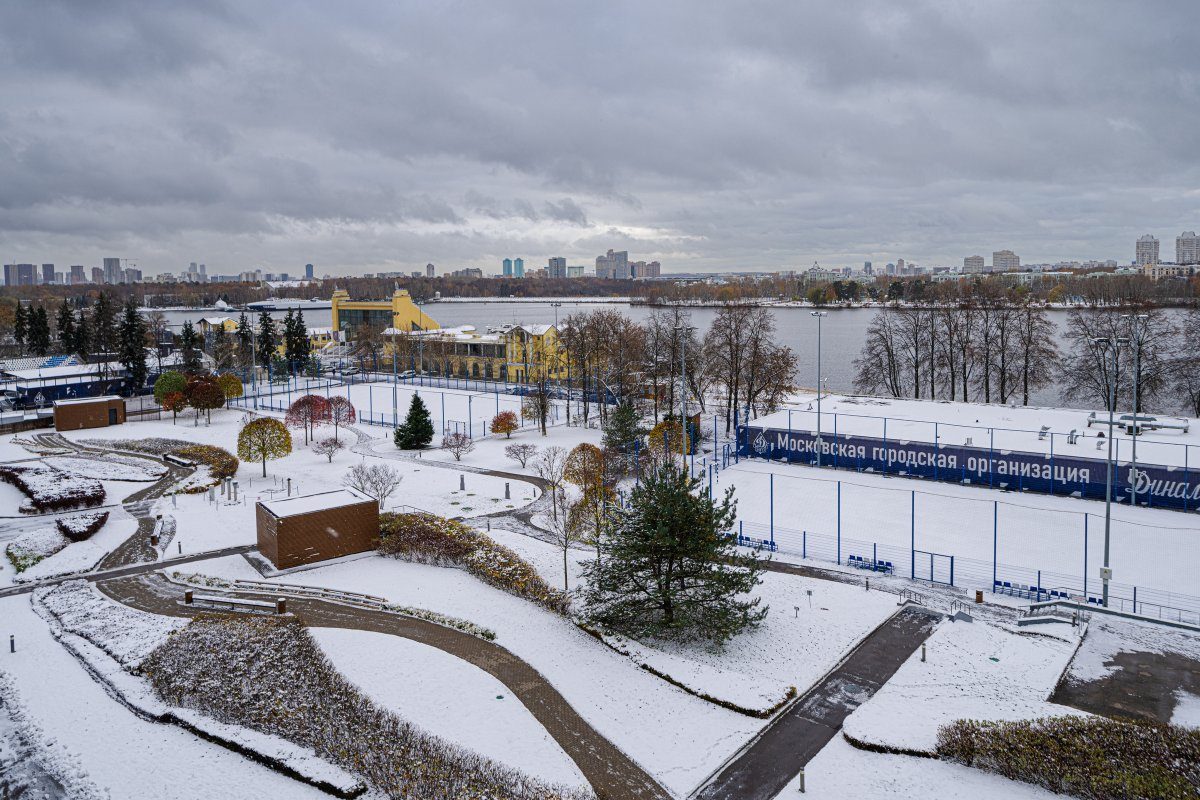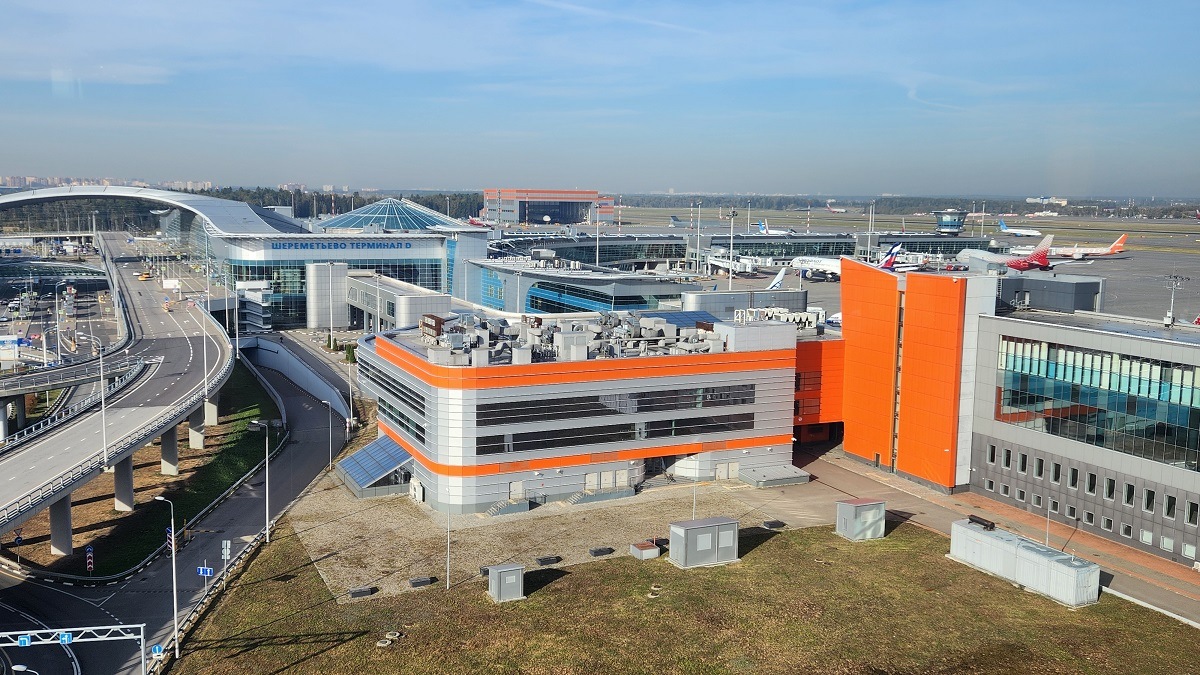Looking back over my travels during the month of May, I’m rather pleased: not bad at all for one calendar month. I visited three countries visited – Thailand, the Philippines (for the first time – country No. 105), and the Dominican Republic, and several cities therein-among: here’s my route in full:
Moscow > Thailand (Phuket) > the Philippines (El Nido, Mayon, Manila) > Moscow > Nizhny Novgorod > Moscow > the Dominican Republic (Punta Cana) > Moscow.
Fourteen flights, and 67 hours up in the air in planes and seven in a helicopter.
Along the way – four conferences/exhibitions of varying scale; talks at universities; interviews; and assorted other business. But the cherry on the cake for this super-busy May came on its last day back in Moscow – to see a ballet at the Bolshoi Theater…
Once a year, we get to bring together a small group of representatives of our dearest clients for a backstage buffet reception, followed by seeing a performance. And the seats we get come in different places – including in the Central Box! These photos were taken from there:

The ballet was La Bayadère:

Read on…
